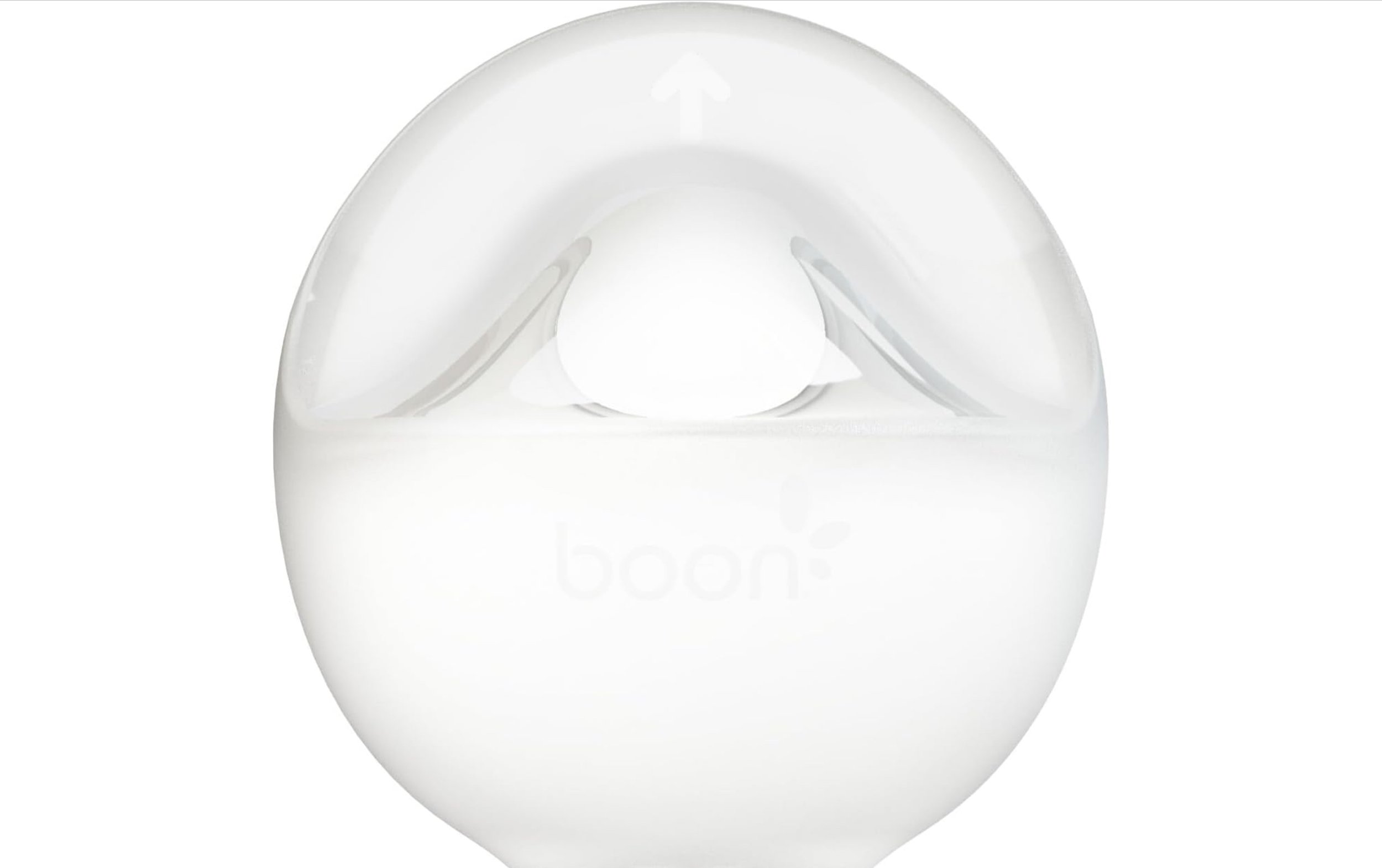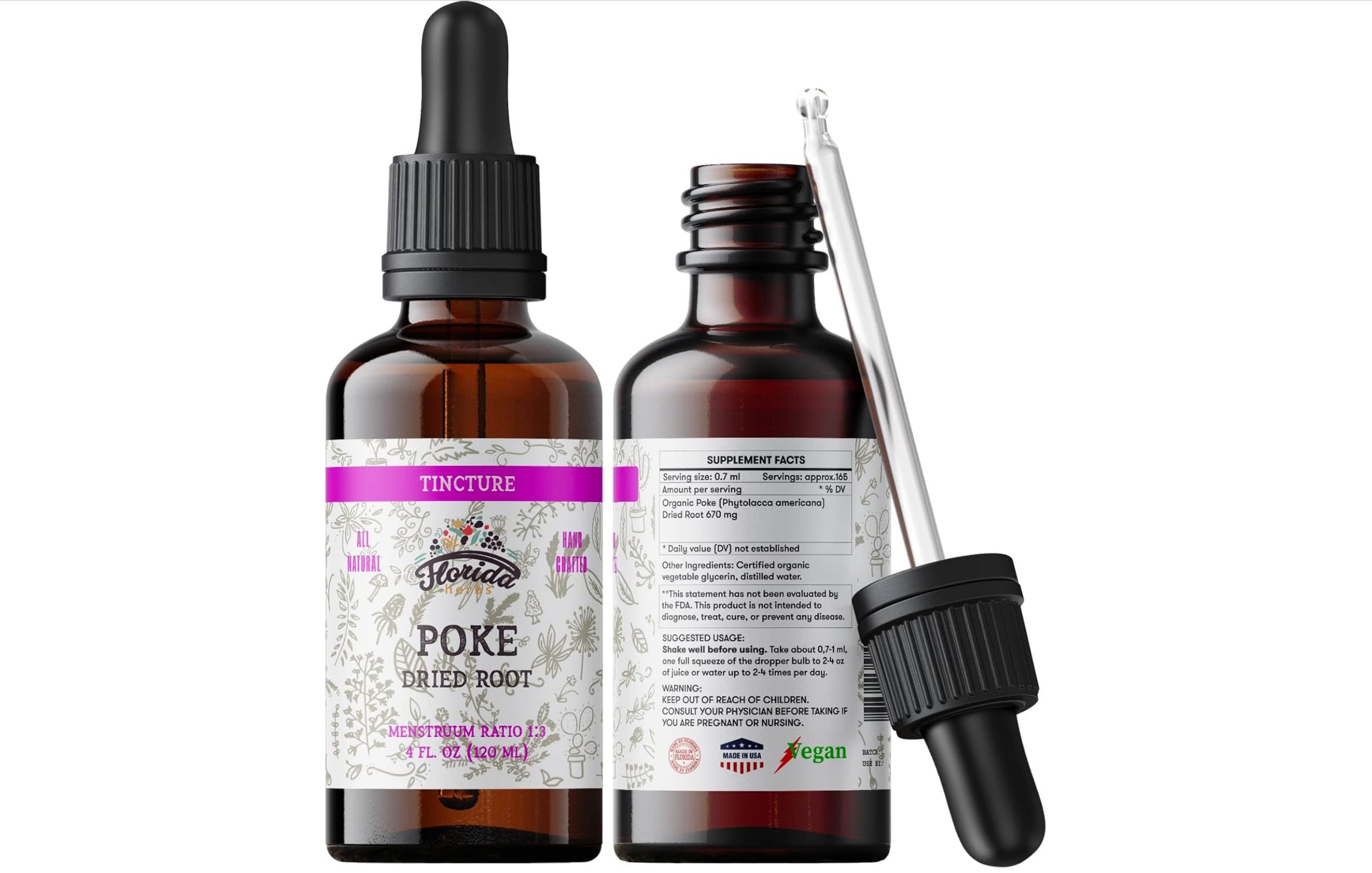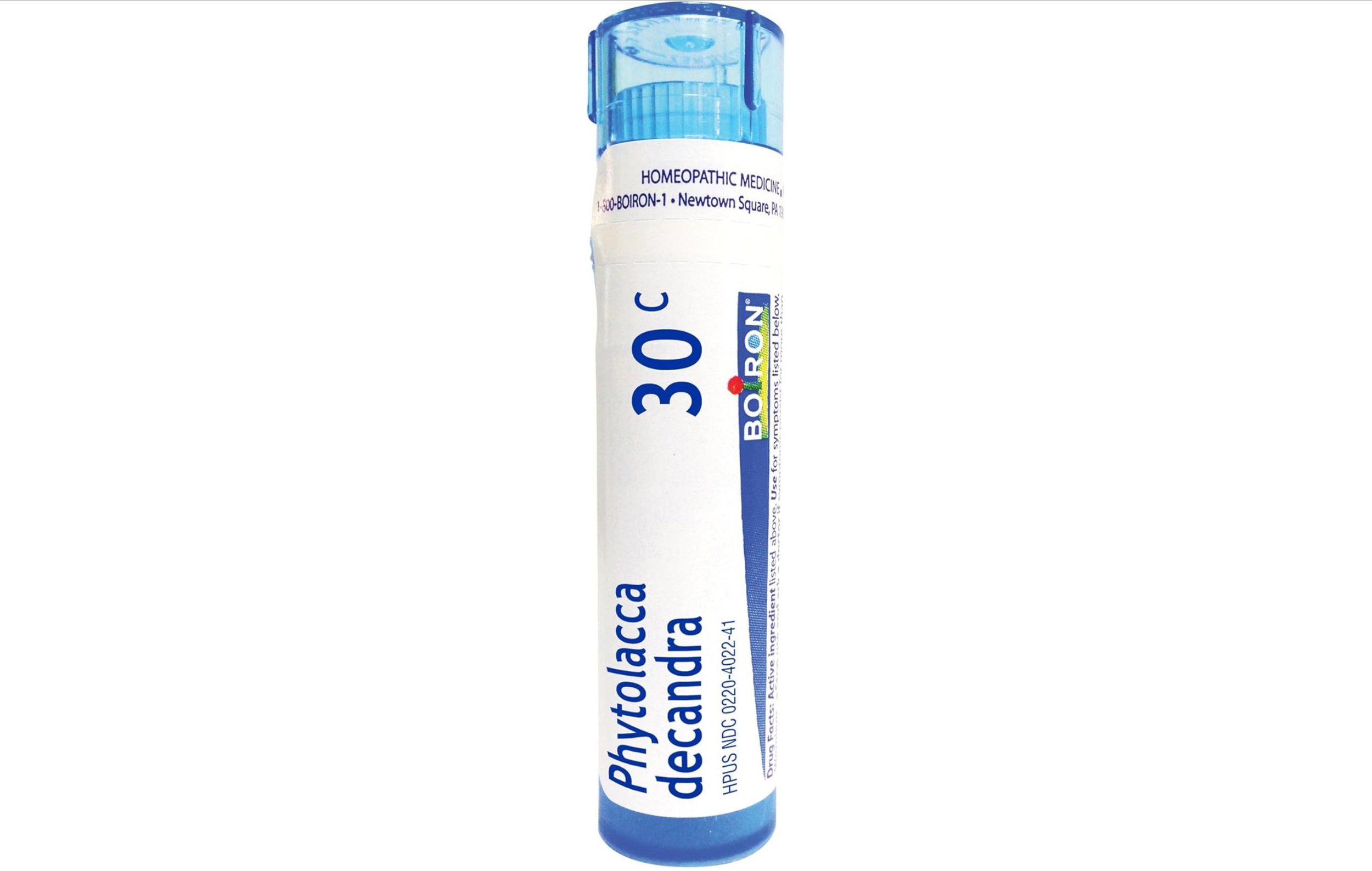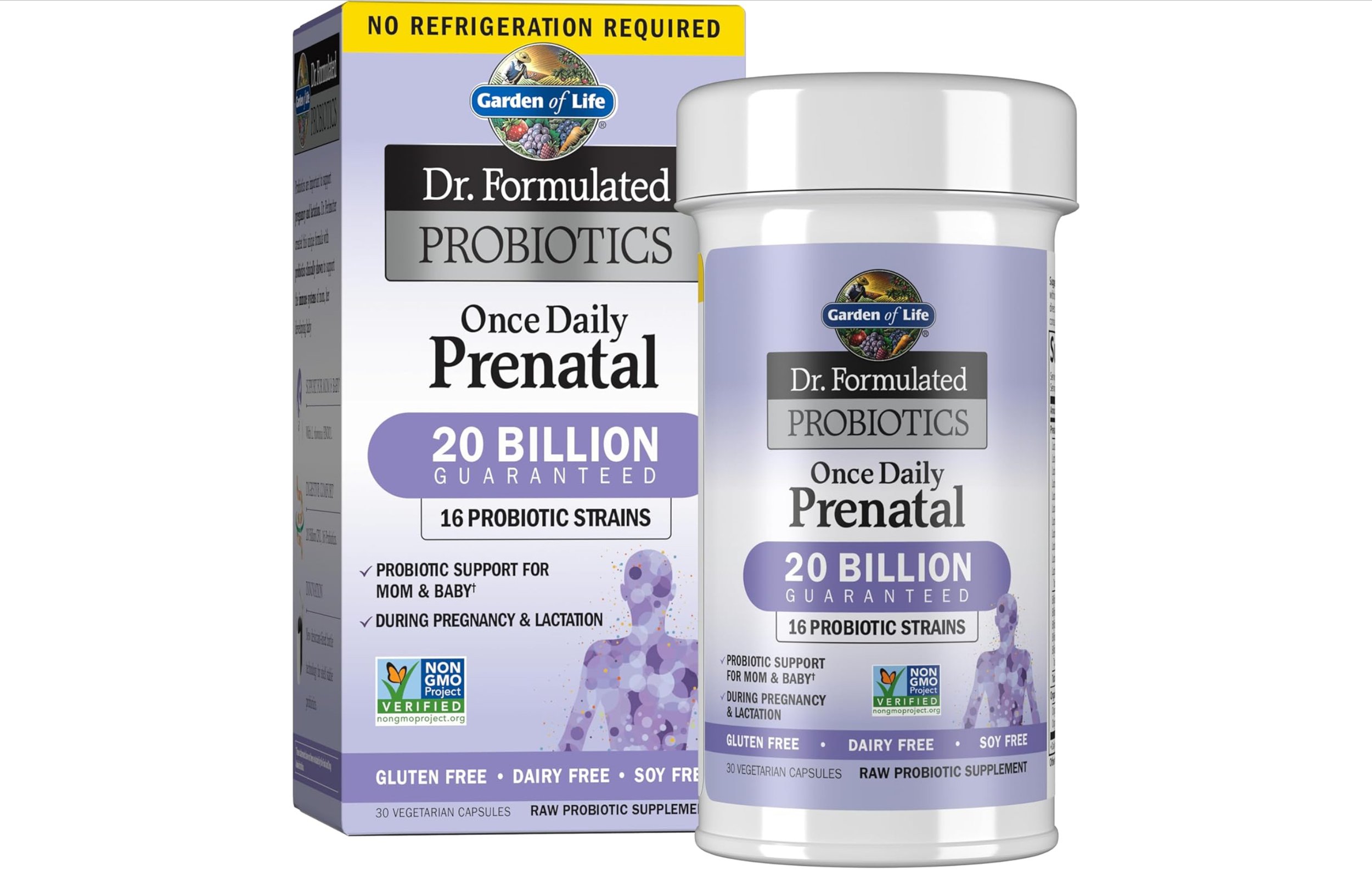
MAStitis
More Info:
The advice on this page is meant for Emily’s clients. Please take any ideas that you may read here with a hefty portion of common sense, paired with your own best judgment. Please always know to consult with your physician and/or IBCLC first if you are dealing with clogged ducts and/ or mastitis. -
Mastitis is inflammation of the breast due to a clogged duct and/or a bacterial infection. It is more common in mothers who are stressed, go long intervals between feedings, or have cracked, bleeding, or otherwise damaged nipples. If there is an unchecked bacterial infection, it can get very serious, very fast.
-
Symptoms of mastitis include:
Fever
Flu-like symptoms (e.g., chills, fatigue, headaches, body aches, etc.)
Breast pain or tenderness
Hot breasts
Breast redness or streaking
Swollen or firm breasts
Swollen lymph nodes
Decreased milk output
If you have any of these symptoms, it would be wise to start supporting your body naturally, right away!
-
REST: Mastitis tends to cause flu-like symptoms. Mothers who have mastitis should get plenty of rest with their baby while supporting their body’s ability to heal.
COLD/HEAT: You can alternate using cold compresses to relieve pain and warm compresses to increase circulation and flow.
MASSAGE: Massage the area to help loosen any clogged ducts. Many women will manually express their milk while standing in a hot shower and massaging their breasts. You can even use a vibrator or vibrating toothbrush to help release a stubborn clog.
BREASTFEEDING: Nursing more frequently will help to relieve any clogged ducts as well. The more your breast milk flows, the less likely it is that mastitis will develop. To better empty your ducts, try varying your baby’s position at the breast. If your baby is not emptying your breast, try pumping to get the milk out, if needed.
HYDRATE: Drink plenty of fluids (like Re-Lyte, LMNT, and nourishing bone broth).
EAT NOURISHING FOODS: Consume bone broth based soups and stews, cooked leafy greens in grass fed butter, grass fed meat, pastured eggs, organic fruits and vegetable, fermented foods, etc. This is not a good time to indulge yourself with processed foods and sweets.
PROBIOTICS: Evidence shows that the good bacteria strains: Lactobacillus fermentum and Lactobacillus salivarius are beneficial in combating mastitis
SUPPLEMENT: You can choose to take 6 Sunflower Lecithin capsules and 3 Super Lysine tablets every 3 hours at the onset of mastitis. Set an alarm. The sunflower lecithin helps release the clog while the super lysine helps support your immune system to fight off an infection. It’s loaded with essential immune supports like Vitamin C, Garlic, Echinacea, etc.
CASTOR OIL PACKS: You can saturate cotton pads with cold pressed castor oil and apply them directly on to the affected area. Many women will place a piece of Saran Wrap over the castor oil pack so the oil won’t stain their bra. Applying a heating pad to the outside of a castor oil pack can make it even more effective. You can do this as often as you’d like.
SALT WATER SOAKS: Fill a Haakaa (I prefer a Boon Trove because the design is far superior!!) with 1-2 teaspoons of Epsom Salts. Suction it onto your breast, ensuring your nipple is fully submerged in the salt water. Many women will keep this on for 10-20 minutes several times a day. Just make sure to rinse your breast with plain water afterwards so your baby doesn’t taste the saltwater when nursing later.
HOMEOPATHIC REMEDIES: You can choose the remedy that seems to match your symptoms the best. The most common remedies for mastitis are Phytolacca, Belladonna, and Bryonia. The general idea for dosage is to take 1-2 pellets sublingually. Place directly under your tongue, into a clean mouth (no mints, recent toothpaste, etc), without touching the pellets. The Boiron cap allows for the pellets to be directly dosed into the cap and then into mouth without touching them with your hands or mouth. Allow them to dissolve fully without chewing them. Do this every few hours while inflamed. Keep all of your homeopathic remedies away from strong scents like essential oils, etc.
RED LIGHT THERAPY: Using a medical grade red light therapy device can reduce inflammation and stimulate healing. If you have a lume box, you can use that on your breast. If you would like a phenomenal, versatile, and rechargeable medical grade red light therapy device that you can tuck into your bra, ask Emily. She has a few in her office at the discounted wholesale price of only $150. It can be used for years to come and is great for the whole family! Medical grade red light therapy works by stimulating the mitochondria (the powerhouse of your cells).
LYMPHATIC SUPPORT: Using a Poke Root tincture or the Happy Ducts tincture are both awesome for lymphatic support which can be very helpful with clogged ducts and mastitis. There is more info about each listed below. Suggested dosing instructions are also listed on each bottle.
STRESS RELIEF: Stress is one of the biggest contributors to our body malfunctioning. Making sure you are getting enough rest, are nourishing your body very well, and have enough family and/or community suppport are key factors. Wishgarden has some amazing herbal supports that you may want to try as well. If you recognize that you need more mental health support, check out these resources.
GROUNDING: The term “grounding” or “earthing” means that your body experiences direct contact with the Earth's surface (example: bare feet on the ground). Research suggests that this practice can enhance immunity, reduce inflammation, and improve overall health by naturalizing free radicals and promoting a healthy inflammatory response. Grounding is an ancient practice with countless benefits. If you can’t get outside, you can purchase a grounding mat for your bed here.
LYMPHATIC MASSAGE: Gentle lymphatic massage helps your body get rid of swelling. You can do the massage using your hands (no special devices are needed).
-
Signs that your body may need additional aid:
Fever that is rising, even after attempting to support your body naturally.
You are feeling progressively worse.
Your nipples are cracked or infected.
You have symptoms of an abscess.
You have a history of recurrent mastitis.
If you have decided to try any or all of these natural treatment ideas (listed above in the Treatment tab) and are not showing signs of improvement, please contact your physician and IBCLC immediately. Most of the time a healthy woman will be able to treat clogged ducts and mastitis safely at home using these holistic modalities. However, under the right circumstances and in the right environment, bacteria can quickly breed and cause your breasts to become very infected, very quickly.
The earlier you treat a worsening infection (that isn’t improving with dedicated holistic self care), the easier you can get the infection cleared. Mothers who wait too long to seek allopathic treatments (when rarely warranted) are more likely to have more severe infections (which can result in significant IV antibiotics and even surgery). They can also create an environment that is ripe for recurring infections due to internal scarring and adhesions.
If you end up taking antibiotics, it would be very wise to follow up with probiotics and a clean diet, rich with fermented foods.
-
Establish care with an IBCLC. Have her watch you breastfeed. She will advise you on how to proceed, which will reduce your odds of developing clogged ducts and mastitis.
Have your baby’s mouth assessed for oral ties. If Emily is your midwife, she always does this during the newborn exam after your birth.
Breastfeed or pump regularly and avoid engorgement.
Avoid compressing your breasts while sleeping. You can purchase more pillows or use blankets to help support you while you sleep. Try to avoid sleeping on your belly.
Rest. Stay healthy and avoid infection by eating well, drinking well, and getting plenty of sleep.
Sleep without a bra. Choose light fabrics that don’t compress your breasts. A tank with a built in shelf bra is awesome for home wear, especially if you tend to leak. They will hold breast pads in place without compressing your breasts. Sizing up may be nice.
Boost your immunity by taking immune supports daily. In this case, many women will take 1 tablet with each meal.
Consider taking sunflower lecithin preventatively. In this case, many women will take 1 capsule with each meal.
Stress is one of the biggest contributors to our body malfunctioning. Making sure you are getting enough rest, are nourishing your body very well, and have enough family and/or community suppport are key factors. Wishgarden has some amazing herbal supports that you may want to try as well. If you recognize that you need more mental health support, check out these resources.
Gentle lymphatic massage helps your body get rid of swelling. You can do the massage using your hands (no special devices are needed).
-
APNO can be so helpful in preventing bacterial mastitis when you have damaged nipples. This is not a holistic treatment, but is a potentially better choice than recurrent mastitis and oral antibiotics, which are known to cause lasting damage to your microbiome.
HOMEMADE DIY RECIPE:
Mix equal parts (1:1:1) of each ingredient, if you buy a 1 oz tube of each it is easy to mix all three tubes and this will make the ratio 1:1:1.
Polysporin ointment (notNeosporin, but store brand generic is fine)
Hydrocortisone 1% ointment (not cream, but store brand generic is fine)
Miconazole 2% cream (store brand generic for Monistat 7, not Monistat 1 or 3) or clotrimazole 1% cream (store brand generic for Lotrimin AF, not Lotrimin Ultra) not both.
A little goes a long way! You don’t need a lot. This compounded amount will make you enough for three 1-oz jars, which will be enough to last you a year plus give a gift to two of your mastitis-prone friends.
Apply some of the APNO to your nipples and areolas just until they are shiny, after every feeding, for as long as symptoms persist. Don’t wipe it off.
Use for itchy, sore, cracked, bleeding, or yeasty (thrush) nipples.
-
If you often get mastitis, there may be a problem with your baby’s latch and/or your breastfeeding patterns. For example, your baby may have undiagnosed or untreated oral ties (like tongue and lip ties) and/or you may not realize that your schedule is off with breastfeeding, bottle-feeding, or pumping. It is a good idea to make a lactation diary - recording the time, duration, and method of feeding and pumping. This way, you and your lactation consultant can identify where there are gaps.
If you haven’t found one yet, please check out this list.
Common reasons for recurrent mastitis:
Missed feedings
Skipping pumping (if that is a part of your routine)
Giving bottles instead of breastfeeding
Using a pacifier when you could be breastfeeding
Undiagnosed and/or uncorrected oral ties
Weakened immune system
Fatigue
Stress
Here are some other ideas when dealing with recurring mastitis:
ORAL TIE REVISION: If you haven’t had your baby’s ties revised, it may be wise to consider having this procedure done (if applicable). Find a local pediatric dentist who specializes in revising TOT’s here.
ACUPUNCTURE: This ancient holistic healing modality can be very helpful when dealing with chronic mastitis and clogged ducts. Acupuncture is known to offer relief for mastitis symptoms like pain and inflammation by promoting circulation, reducing inflammation, and potentially clearing blocked ducts. If you are dealing with recurring mastitis, it’s definitely worth a try. Leslie Roeth is in Emily’s office building and is the best! You can find others here.
ULTRASOUND THERAPY: Sound waves will be delivered by the ultrasound machine to create a vibration in the soft tissues at a cellular level and heat and provide the breast tissue with a micro-massage. This helps to unclog the ducts and encourage breast drainage, which will in turn lead to the gradual reduction of signs and symptoms. Specialised lymphatic drainage massage and Kinesiotaping can further help remove swelling and inflammation by being applied along lymphatic drainage lines to work as gentle pump to assist with the drainage of the affected area.
RED LIGHT THERAPY: Using a medical grade red light therapy device can reduce inflammation and stimulate healing. If you have a lume box, you can use that on your breast. If you would like a phenomenal, versatile, and rechargeable wearable medical grade red light therapy device that you can tuck into your bra, ask Emily. She has a few in her office at the discounted wholesale price of only $150. It can be used for years to come and is great for the whole family! Medical grade red light therapy works by stimulating the mitochondria (the powerhouse of your cells).
LECITHIN: Taking Sunflower Lecithin prophylactically (This is often dosed at 1-2 capsules 1-3 times daily)
For further questions and care, please contact your physician or IBCLC right away.
-
A milk bleb, or nipple bleb, looks like a small white dot on the tip of your nipple. It is a sign of inflammation (redness and swelling) in your milk ducts.
Milk blebs can happen when inflamed cells from your ducts come up and get stuck at the surface of the nipple. A milk bleb may happen during breastfeeding, and it can cause a feeling of sharp or shooting pain.
Emily recommends using the Epsom Salt Haakaa trick (discussed in the “Holistic Treatment” tab for this.
-
A vasospasm is a persistent contraction of blood vessels that reduces blood flow and restricts the amount of oxygen delivered to tissues. Unlike blebs, which are specific to the breast, vasospasms can occur anywhere in the body.
When it comes to breastfeeding, vasospasms usually happen in the nipple. The most common cause is a baby latching shallowly. The compression of shallow latching causes results in decreased blood flow to the nipple tip during feeding. Vasospasms can also occur when mother’s have Raynaud's phenomenon. In this case, vasospasms are triggered by exposure to cool temperatures.
Vasospasm usually manifests as a burning, stabbing, pins-and-needles sensation in the nipple that happens most often after a feeding session, but can also occur at other times. It might last a few seconds, or it might last several minutes. The pain may also be more intense if your nipple is exposed to colder air (think getting out of a hot shower or going for a walk on a cold day).
Because the symptoms of burning pain are so similar, vasospasms are sometimes misdiagnosed as a thrush infection. But the telltale sign of vasospasm is a change in nipple color to white, purple, blue, or red. Sometimes a nipple can change color several times as it adjusts to changing temperatures.
-
Thrush is a yeast infection of the tongue and mouth. This common infection can be passed between a mother and baby during breastfeeding.
Certain germs normally live in our bodies. While most germs are harmless, some can cause infection.
Thrush occurs when too much of a yeast (a type of fungus) called Candida albicansgrows in a baby's mouth. Germs called bacteria and fungi naturally grow in our bodies. Our immune system helps keep these germs in check. But babies do not have fully-formed immune systems. That makes it easier for too much yeast to grow.
Thrush often occurs when mother or baby has taken antibiotics. Antibiotics treat infections from bacteria. They can also kill good bacteria, and this allows yeast to grow.
The yeast thrives in warm, moist areas. The baby's mouth and the mother's nipples are perfect places for a yeast infection.
Babies can also get a yeast infection on the diaper area at the same time. The yeast gets in the baby's stool and can cause a diaper rash.
Symptoms of thrush in the baby include:
White, velvety sores in the mouth and on the tongue
Sores that may bleed when wiped
Redness in the mouth
Diaper rash
Mood changes, such as being very fussy
Refusing to nurse because of soreness
Some babies may not feel anything at all.
Symptoms of thrush in the mother include:
Deep-pink, cracked, and sore nipples
Tenderness and pain during and after nursing
Your baby might not need any treatment. Thrush often goes away on its own in a few days.
Your provider may prescribe antifungal medicine to treat thrush. You paint this medicine on your baby's mouth and tongue.
If you have a yeast infection on your nipples, your provider may recommend an over-the-counter or prescription antifungal cream. You put this on your nipples to treat the infection.
If both you and your baby have the infection, you both need to be treated at the same time. Otherwise, you can pass the infection back and forth.
You may not be able to prevent thrush, but these steps may help:
If you bottle feed your baby, clean and sterilize all equipment, including nipples.
Clean and sterilize pacifiers and other toys that go in your baby's mouth.
Change diapers often to help prevent yeast from causing diaper rash.
Be sure to treat your nipples if you have a yeast infection.
Garlic, low sugar
Helpful supplements
-

Sunflower Lecithin
This is like lube for your milk ducts.
General idea for dosage: In the beginning of what feels like mastitis, many women take 6 capsules every 3 hours paired with 3 Super Lysine while offering physical support to relieve the clog. This generally causes major improvement within 24 hours. Some women will also choose to take 1 with each meal for mastitis prevention, if concerned about chronic clogged ducts. As always, consult with your physician or IBCLC and get help quickly if an infection is persisting. Mastitis can get very serious, very fast.
-

Super Lysine
A proven and phenomenal Immune Support with Echinacea, Vitamin C, Garlic, and more.
General idea for dosage: In the beginning of what feels like mastitis, many women take 3 capsules every 3 hours paired with 6 Sunflower Lecithin while offering physical support to relieve the clog. This generally causes major improvement within 24 hours. Some women will also choose to take 1 with each meal for immune system support, if concerned about developing an infection. As always, consult with your physician or IBCLC and get help quickly if an infection is persisting.
-

Turmeric Curcumin with BioPerine
Anti-Inflammatory & Natural Pain Relief.
Turmeric has been used in holistic medicine as an anti-inflammatory for as long as we can tell. Curcumin is an extract from turmeric that lowers the levels of two enzymes (COX-2 and LOX) in the body that cause inflammation. It also stops platelets from aggregating. Bioperine is an extract from black pepper that helps your body absorb and utilize the turmeric curcumin.
-

Castor Oil
This can be applied topically (directly on your breast) with organic cotton pads.
General idea for use: Saturate the pad with this cold pressed castor oil. Then place the pads on your breast, covering the affected area. You can use Saran Wrap to keep the oil pads from staining your bra. A heating pad applied can help the castor oil work even better.
-

Haakaa with Epsom Salt
This Boon Trove is like a haakaa, but WAY better!
You can fill this with pretty warm epsom salt water (1-2 tsp) before placing it on your breast. Make sure your nipple is submerged. Many women allow it to soak for 10-20 minutes several times a day. Make sure to rinse your breast off with plain water after use so your baby doesn’t taste the salt water.
-

COLD/HEAT COMPRESS
You can alternate using cold compresses to relieve pain and warm compresses to increase circulation and flow.
-

Poke Root Tincture
This tincture offers lymphatic support.
General idea for dosage: Take 1 dropperful every few hours while inflamed. Works best when left under your tongue for a few seconds before swallowing.
-

Happy Ducts Tincture
This tincture offers lymphatic support.
General idea for dosage: Take 6 pumps every 1-3 hours while inflamed. Works best when left under your tongue for several seconds before swallowing.
-

Rebalance Stress Support
Stress and emotional instability can be a huge contributing factor to mastitis. This tincture is tailored for the postpartum mom.
General idea for dosage: Take 8 pumps 2-3 times per day and/or when feeling overwhelmed. Works best when left under your tongue for several seconds before swallowing. This can be chased with liquids.
-

Homeopathic phytolacca
Useful for mastitis with hard, painful lumps in the breast, especially if the pain radiates to other parts of the body. Best when you are cold and fatigued.
General idea for dosage: Take 1-2 pellets sublingually. Place directly under your tongue, into a clean mouth (no mints, recent toothpaste, or essential oils), without touching the pellets. The Boiron cap allows for the pellets to be directly dosed into the mouth without touching them. Allow them to dissolve without chewing them. Do this every few hours while inflamed.
-

Homeopathic Belladonna
Belladonna is great for mastitis where the breast feels hot, swollen, and red, and the pain comes on suddenly.
General idea for dosage: Take 1-2 pellets sublingually. Place directly under your tongue, into a clean mouth (no mints, recent toothpaste, or essential oils), without touching the pellets. The Boiron cap allows for the pellets to be directly dosed into the mouth without touching them. Allow them to dissolve without chewing them. Do this every few hours while inflamed.
-

Homeopathic Bryonia
Bryonia works well when movement aggravates the pain, and the breast feels hard and swollen.
General idea for dosage: Take 1-2 pellets sublingually. Place directly under your tongue, into a clean mouth (no mints, recent toothpaste, or essential oils), without touching the pellets. The Boiron cap allows for the pellets to be directly dosed into the mouth without touching them. Allow them to dissolve without chewing them. Do this every few hours while inflamed.
-

Probiotics
The good bacteria strains: Lactobacillus Fermentum and Lactobacillus Salivarius are both known to help combat mastitis.
-

Vibration
Vibration can be used to help release a clogged duct. This massaging tool can be used in the shower or on the go. It also helps improve circulation which can aid in your body’s ability to heal.
-

Red Light Therapy
Red Light Therapy Can Reduce Inflammation and narrowing of the milk ducts. This rechargeable, versatile, and wearable medical grade red light therapy device is available in Emily’s office at a discounted price of $150.
Many women will wear it for 10 minutes at a time on the affected area a few times a day while inflamed and then once every day or two if they deal with persistent clogs in a specific area. This can be used on any area of the body and is awesome because you can use it while staying active. Can be used by the whole family for years to come!